Sunflower for the Celestial Empire: China takes a closer look at Tetushi
Mayor of Shihezi, Ge Zhihui, has studied the possibility of building a sunflower processing complex in Tetushi
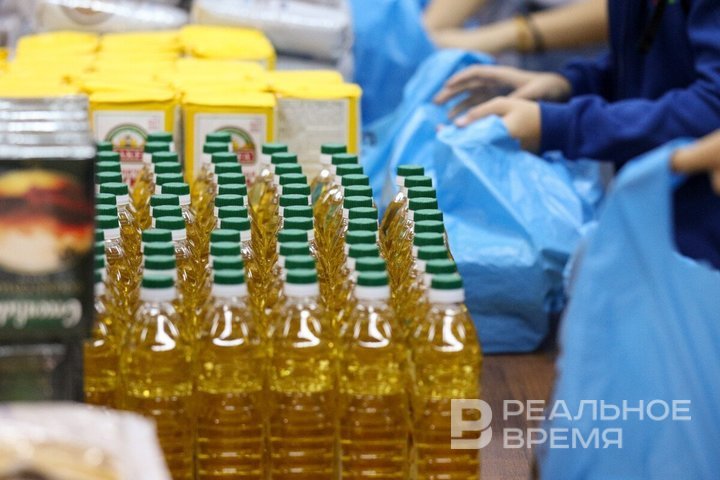
The authorities of the Chinese city of Shihezi expressed interest in establishing sunflower processing facilities in Tetushi, using crops grown in the southern part of Tatarstan. The city’s mayor, Ge Zhihui, personally visited the potential site, while the head of the district, Ramis Safiullov, assured him that local farmers are ready to cultivate additional volumes of oilseed crops to meet the demands of the investor from the PRC. Chinese businesses have become more assertive: Bashkortostan, as well as the Novosibirsk and Lipetsk regions, have announced the attraction of billions of rubles from the Celestial Empire for the production of vegetable oil with subsequent export to China, the Russian Oil and Fat Union notes. Nevertheless, Russian producers continue to export this valuable product to China.
We won’t give the land, but we will grow the harvest
The Tetushi district is ready to host sunflower processing facilities if Chinese investors commit their capital to the project. This agreement concluded the visit of Ge Zhihui, mayor of the city district of Shihezi, to Tatarstan’s sunflower valley, according to the press service of the municipal head. The leader of the city district in China’s Xinjiang Uygur Autonomous Region, renowned for its food industry, came at the invitation of the Tatarstan side. Here, he studied the possibilities of launching a sunflower processing complex.
The PRC delegation spent only a short time in Tetushi. During this visit, the team of the Shihezi mayor toured the fields, became acquainted with agricultural enterprises engaged in the cultivation of oilseed crops, and at the same time studied the infrastructure. According to sources of Realnoe Vremya, the Chinese expressed interest in the possibility of leasing land for independent cultivation of oilseeds, to which they received a clear response. According to them, the head of the Tetushi district, Ramis Safiullov, assured the guests that local farmers are ready to expand sunflower planting areas to meet the needs of the Chinese, but not to transfer land for use.
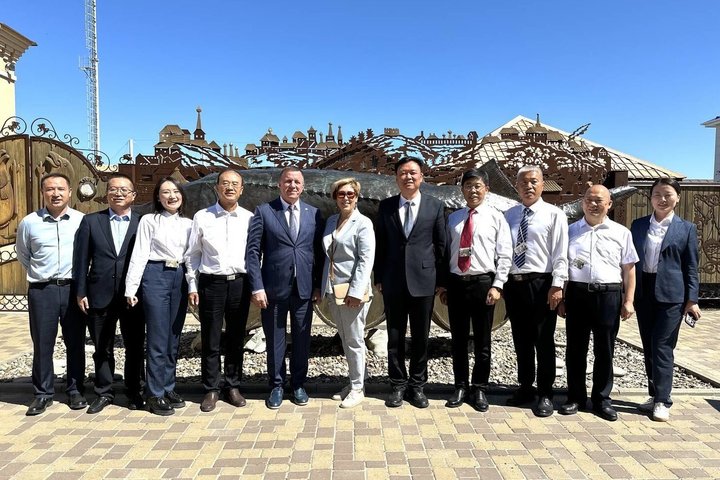
The interest of the Chinese authorities in Tetushi is linked to its advantageous geographical location. The district lies on the banks of the Volga River, from where grain is shipped by water. Thanks to its climatic features, sunflower has long been cultivated here, with planting areas starting from 30 hectares. Until now, three farms — Rodina, Mayak, and the private farm Khusainov Sh.I. — have been engaged in growing this crop.
“This was only the first meeting; the Chinese are interested and studying the prospects. But we cannot say whether they will decide to build a processing plant,” the municipal press service told Realnoe Vremya.
At the end of the visit, district head Ramis Safiullov and Shihezi mayor Ge Zhihui signed a memorandum of intent to establish sister-city relations.
Tatarstan has increased sunflower acreage to 300,000 hectares
The Ministry of Agriculture and Food of Tatarstan welcomes any projects related to the processing of agricultural products within the republic. This year, farmers have expanded the sunflower planting area by 85,000 hectares — now exceeding 300,000 hectares.
The crop is cultivated in 40 municipal districts of the republic, the ministry's press service specified. The expansion is due to that purchasing prices for sunflower are higher than for grain. According to the ministry, the oilseed harvest is processed at three enterprises in Tatarstan. The largest among them is Kazan Fat Plant JSC.

In Bugulma, Vivid PLC is in operation, while in the Chistopol district, it is May TPK PLC. It can be said that they “take in” the entire oilseed harvest grown in Tatarstan. The total processing capacity of oilseeds amounts to 1.4 million tonnes per year. Most of the products from these enterprises are exported. According to data as of February 2025, from January 9 to February 18, 265.5 tonnes of sunflower oil were exported from Tatarstan to China.
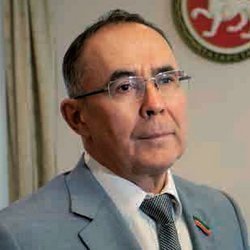
Bashkortostan, Novosibirsk, Lipetsk: where the Chinese will “press” oil
Recently, the Chinese have been seeking ways to establish oil production facilities within the country themselves, experts note. The authorities of Bashkortostan announced the creation of a joint venture for the processing of sunflower and meal worth 500 million rubles. The future plant will be located on the territory of the Almukhametov Elevator in the Abzelilovsky district of the republic, with a projected capacity of 60,000 tonnes per year.
At the end of last year, projects were announced for the construction of plants in the Novosibirsk and Lipetsk regions. The demand for investment from the PRC is linked to the need to increase supplies of this valuable product to China, whose population is growing. Experts believe that having processing facilities in Russia guarantees the Chinese investor control over the entire production chain, and therefore over the shipping price to the Celestial Empire.
“China is the largest food importer in the world, which is why all producers dream of entering the blue ocean. Especially since in recent years China has been actively increasing its imports of sunflower oil,” noted the Russian Oil and Fat Union.
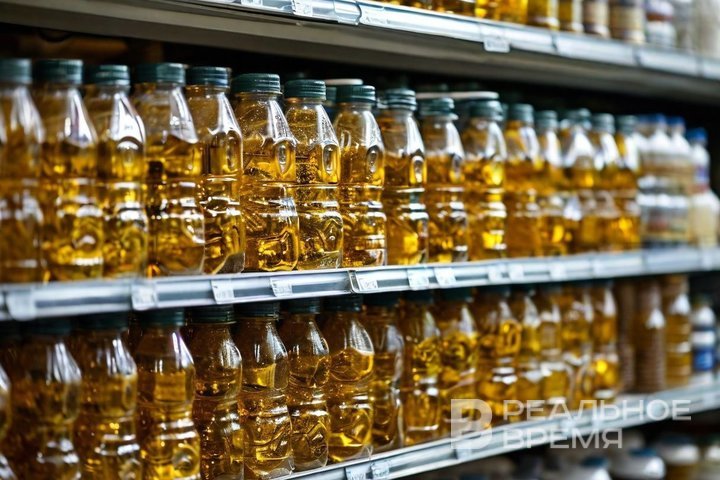
Why they seek different locations
Why does Chinese business look for sites across the country rather than settle, for example, in Krasnodar? According to Takhir Khadeev, the regional spread is related to the nature of cultivating this crop. “Sunflower does not tolerate continuous cultivation, meaning the land can be sown only once every six years, preferably every eight. Otherwise, the investor will face diseases affecting these crops. In some regions, the obligation for investors to rotate crops on the same plot of land has even been established by law. For example, in Krasnodar, sunflower can only be planted eight years after the previous harvest. During the ‘rest’ period, the land may be sown with grain crops,” he explained.
According to him, the republic began sowing oilseeds on an area of 100,000 hectares back in the late 1990s. They started with rapeseed, then moved on to sunflower. They tried working with Americans, who provided two hybrids. The republic did not reach this point overnight, and later built a processing plant, he said:
“Why do people grow sunflower? Because it is a more profitable crop compared to wheat. Processing adds value, increases the tax base, and the finished product commands a different price. If it succeeds in Tetushi, it will become an export starting point for the district.”
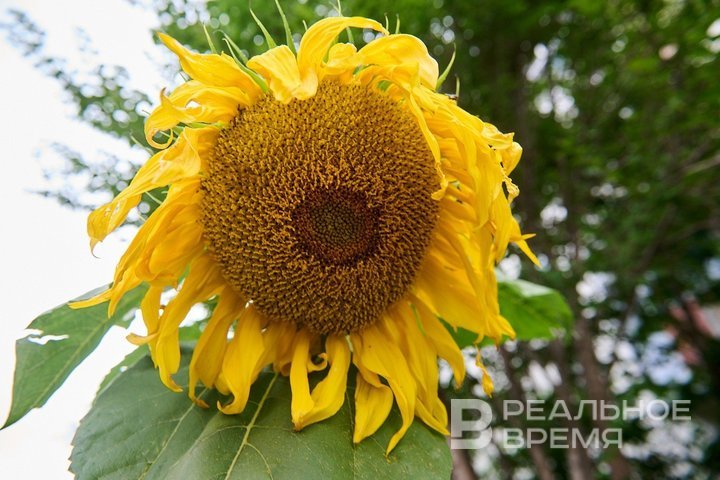
China remains the main partner of the Volga Federal District regions in foreign trade. By the end of 2024, the turnover between the Volga Federal District and the PRC increased by 6.9%, while with Tatarstan it grew by 9%. However, Chinese investment in Tatarstan has so far stalled. During the 5th meeting of the Council on Interregional Cooperation in the Volga–Yangtze format held in Kazan, the head of Tatarstan, Rustam Minnikhanov, reported that the foreign trade turnover between Tatarstan and China reached $3.3 billion by the end of 2024, with investments rising by $39 million.
The largest investor remains the company Haier, which has built six plants in Naberezhnye Chelny. The Chinese are developing the agricultural sector in the Saratov region, where they plan to establish orchards and construct a fruit and vegetable storage and packaging facility.